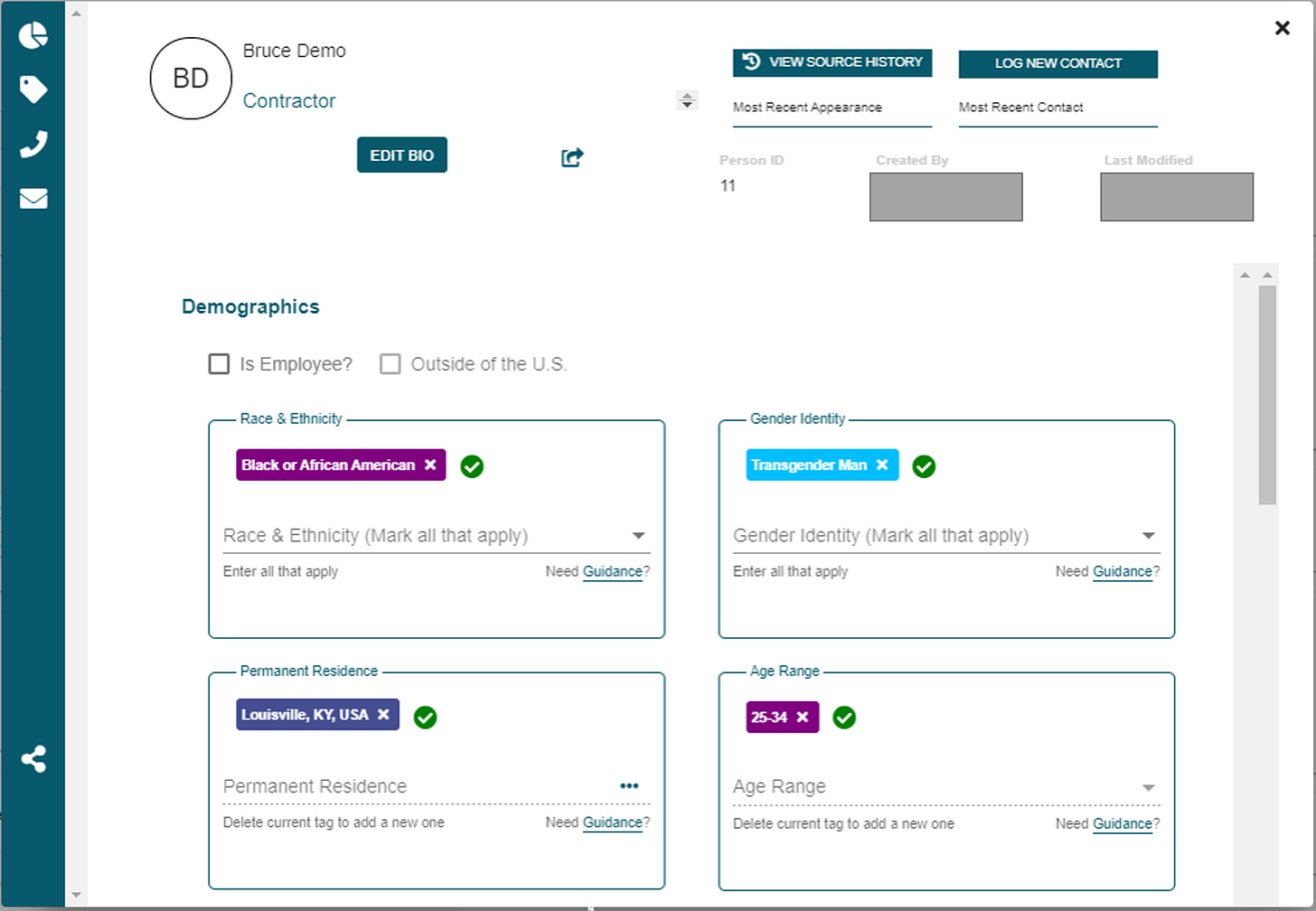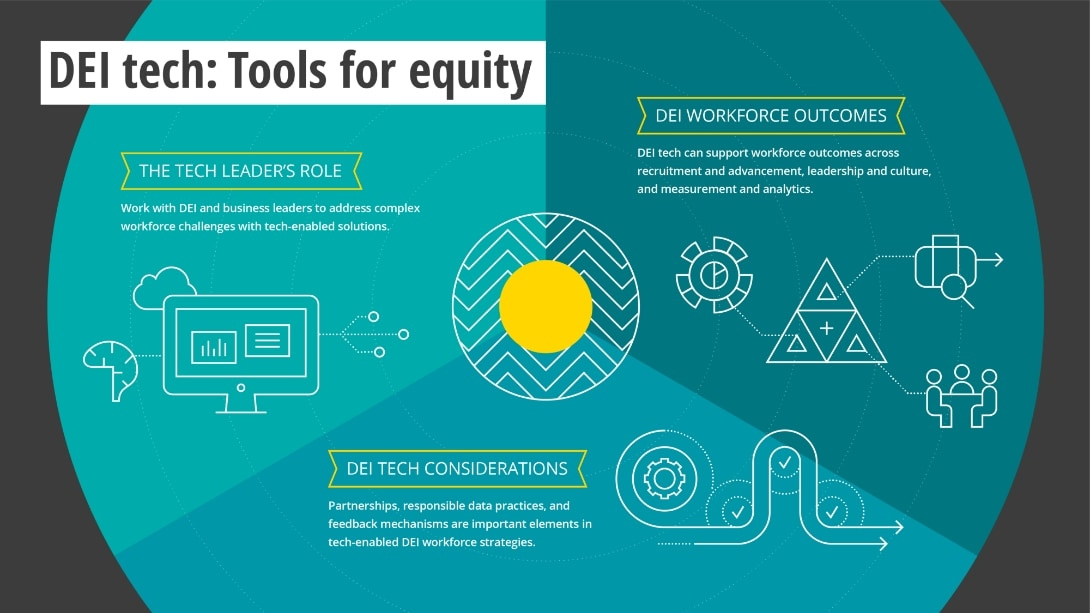Three Things Datebook for the week of 12/6/2021
The Three Things Datebook highlights a webinar hoping to chart a new course for music stations. Plus Tech Trends for 2022 and newsroom sourcing strategies.
First, thanks for the suggestions, comments, and feedback to last week’s post on the state of the NPR-Member Station network. This is such an important topic that I want to continue the conversation in the coming weeks, so please keep your comments coming. Also, welcome to many new readers who signed up for the newsletter over the past week.
For new subscribers, I added the Three Things Monday Datebook edition recently to share some topical things happening in the coming week that might be of interest to folks in public media.
THING ONE: VuHaus, Music Discovery and Charting a New Course for Music Stations
I, admittedly, spend a good portion of my writing in this newsletter about the state and strategies for news and information stations in public radio. However, I fully recognize the vital role of our music stations in fulfilling the industry’s public service mission.
Most of our music stations in public radio are intimately connected to their communities, which is reflected in the service they provide daily across various music formats. However, unlike the general connectedness of news stations via NPR, there is a different interconnection among music stations across the system that is represented in various ways among a number of organizations including the noncomMUSIC Alliance and VuHaus1.
VuHaus Group is an independent six-year-old non-profit that was was founded by KCRW, KEXP, The Bridge, WFUV, WXPN, and Public Media Company. NPR Music has also been a partner on various projects over the years.
The purpose of VuHaus Group has been to create meaningful distribution and revenue opportunities for music stations. The 20 current affiliates of VuHaus include joint licensees, stand-alone music stations, and NPR news and information services with digital-only music streams.
To further build this cohort, Public Media Company hosts a webinar this week for stations to learn more about VuHaus Group. The webinar is designed to offer ideas on potential programming collaborations, new revenue opportunities, and growing impact beyond a station's listening area.
The session is on Thursday, December 9, at 4:00 pm (Eastern). You can register through this link.
The panelists for this session include Mike Henry (CEO at Paragon Media Strategies), Bill Johnson (General Manager at WRTI), Chris Kirchner (Vice President of Partnerships with NPR Music), Roger LaMay (General Manager at WXPN), and Erin Moran (CEO at Public Media Company).
THING TWO: 30 Minutes on the Technology Trends for 2022
Deloitte has shared an annual Tech Trends report that has provided valuable insights and inspiration across business sectors for the last dozen years. The detailed information helps leaders identify emerging technologies reimagining how we organize, operate, and strategize.
On Wednesday, December 8, at 10:00 am (Eastern), Deloitte will present its 2022 Technology Trends report with a 30-minute video summary that participants can then download the in-depth trends report.
Here are some of the items that the 2021 Tech Trends report provided, focusing on nine trends:
Machine data revolution: Feeding the machine2
If last year’s insights spark your interest, you can register for the half-hour highlights looking at projected trends for 2022 session through this link.
THING THREE: A Newsroom Strategy for Source Tracking
Over the summer, NPR launched Dex5, a new tracking software developed to track the demographics of their sources in real-time.
According to a post on the Poynter website in August, for each story, NPR reporters, producers, correspondents, and editors submit information about their sources’ race and ethnicity, gender identity, geographic location, and age range. They can also indicate if a source declined to provide that information. Dex tracks all of this information so that journalists can later pull up reports to monitor their source diversity.

As news organizations continue to expand their sourcing to fairly and fully represent the diversity of their communities, this new tool, built into NPR’s content management system, is fully integrated into the news production process.
One of the promising aspects of this tool is that NPR hopes to make it available to all member stations.
The good news is that this type of work is happening across journalism, including the American Press Institute, which launched its own tool this summer called Source Matters.
The product allows individual newsrooms to customize the various aspects of diversity they want to track and decide when and how often to inventory their sources.
As is the case with NPR’s Dex, Source Matters helps identify where your sourcing falls short, help you set goals for improvement, and measure your progress over time — all with the purpose of better serving your communities.
Several public media organizations were involved in the development of Source Matters, including newsrooms in Philadelphia, San Francisco, Cleveland, Madison, and Austin.
Here are some of the key principles built into the technology, according to this summer’s announcement:
Automated source identification: Source Matters detects all the sources in all of your stories, with 100% automation. It can extract thousands of sources from thousands of stories — in just minutes. This saves the time journalists would have spent remembering and manually recording their sources for every story.
Customized source categories: The product enables each publisher to completely customize what categories it wants to track about each source. API recommends some common categories and best practices, but in the end the choice is the publisher. Each publisher and each community is different, and source data should reflect that.
Analysis by author and topic: The tool also automatically tracks the authors and topics for each story. With this data, a newsroom can see the sourcing trends for a single beat, reporting team or individual journalist. This is certainly essential to success since change really happens at the level of individuals that contribute to the whole publication. This brings an accountability within the entire newsroom to learn lessons, make unique changes and measure their own results.
Universal integration, zero-hassle setup: According to the API, the product is build for complete flexibility — to work with any content-management system, analytics service or data warehouse a given publisher may have. The API says that it will work with newsrooms to track sources no matter what technology your website uses, and you don’t have to install any scripts or make any modifications to your site for the integration.
Until the NPR Dex product is available to stations, API’s product may be an option for station newsrooms. If you want to learn more, the American Press Institute is offering a free demo of the product today, Monday, December 6, at 1:00 pm (Eastern).
You can register for the session here.
That’s this week’s Three Things Datebook. Thanks for reading.
Now known as VuHaus Group.
With machine learning poised to overhaul enterprise operations and decision-making, a growing number of AI pioneers are realizing that legacy data models and infrastructure—all designed to support decision-making by humans, not machines—could be a roadblock to ML success. In response, these organizations are taking steps to disrupt the data management value chain from end to end. As part of a growing trend, they are deploying new technologies and approaches including advanced data capture and structuring capabilities, analytics to identify connections among random data, and next-generation cloud-based data stores to support complex modeling. Together, these tools and techniques can help organizations turn growing volumes of data into a future-ready foundation for a new era in which machines will not only augment human decision-making but make real-time and at-scale decisions that humans cannot.
As the world’s largest unplanned work-from-home experiment continues, many business leaders are asking as yet unanswered questions: When the dust settles, will remote work become the rule or the exception? Is a permanently remote workforce sustainable? How will productivity and employee well-being be affected? Will innovation suffer in the absence of face-to-face peer connections? What will be the role of the physical office? Companies may overcome the digital workplace’s deficits and ambiguities by more intentionally embracing its positive aspects, including the data generated by workers’ tools and platforms. This can help organizations optimize individual and team performance and customize the employee experience through personalized recommendations, enabling remote work to be far more than a diminished proxy for the traditional office. And as onsite workspaces and headquarters evolve, organizations can use this data to create thriving, productive, and cost-effective offices seamlessly interwoven with the remote experience.
When we look back, 2020 will likely be the turning point when most of the population adapted to digital interactions to conduct their everyday lives, whether working from home, online schooling or ordering groceries. Yet, the prevalence of digital interactions has left many of us pining for the days of in-person interactions. As we look to the future, we expect consumers will no longer be satisfied with distinct physical or digital brand experiences: They will expect a blend of the best of both—highly personalized, in-person experiences without sacrificing the convenience of online transactions. In the next 18 to 24 months, we expect in-person and digital experiences to become more seamless and intertwined. Online and offline interactions will not be separate experiences anymore—the customer’s journey will be made up of in-person and digital elements that are integrated and intentionally designed to create a seamless brand experience tailored to fit the individual customer’s behaviors, attitudes, and preferences.
Named after the “Rolodex”






